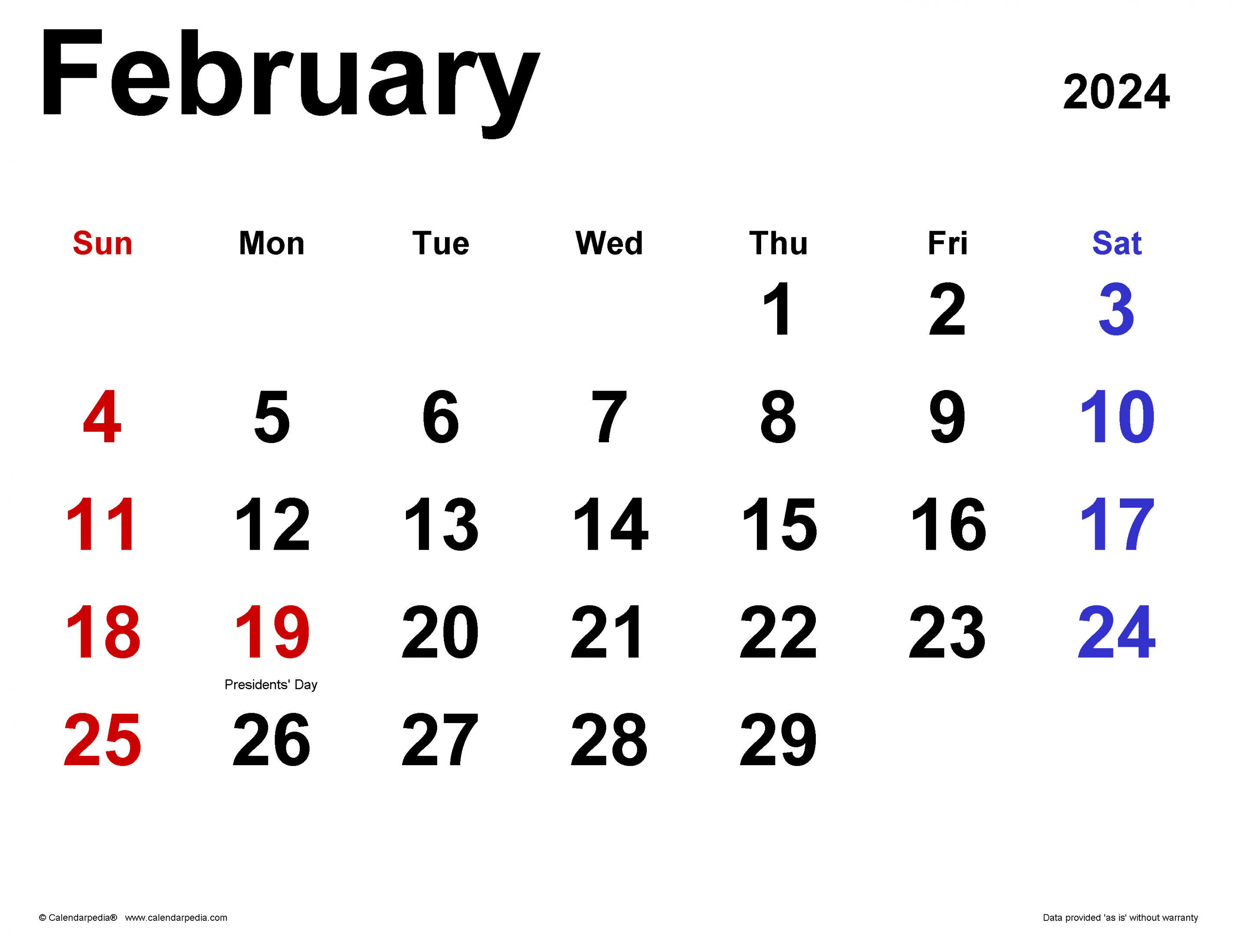29 leap year facts for February 29
This year, February, the shortest month of the year, will be one day longer than usual, which means we get to celebrate February 29. Here are 29 things to know about this special day.
1 February 29 is known as a leap day, and it occurs every four years in what is known as a leap year. This extra day is needed to “play catch up”. We measure a year as the time it takes for the Earth to orbit the sun, which is roughly 365 days. But the exact time it takes is 365.2422 days, leaving us with around five hours and 49 minutes leftover each year. Every fourth year, those extra quarter-days get added to the calendar to make one full day – February 29.
2 This means every leap year has 366 days!
3 A leap year happens when the year can be divided exactly by four (eg 2020 ÷ 4 = 505) – but not if it’s a centennial year (eg 1700, 1900), unless it’s also divisible by 400 (eg 2000)! If you’re interested in the maths behind this, check out our online version of this story!
4 Leap years were introduced by the Roman emperor Julius Caesar, who created a new calendar to take the extra quarter-days into account. The Julian calendar took effect in 45 BC.
5 The maths still wasn’t quite right, and by the late 16th century, the calendar was 10 days off. Pope Gregory XIII tweaked it, subtracting three leap years every 400 years. The Gregorian calendar was introduced in some countries in October 1582, and gradually spread throughout the world.
6 A day or month that is inserted in the calendar to make it match the solar year is called an intercalary day/month.
7 Every leap year is an Olympics year (but not every Olympics year is a leap year; the second modern games took place in 1900).
8 Leap years also coincide with US presidential election years.
9 The traditional Chinese lunar calendar includes a leap month about once every three years.
10 The traditional Hebrew calendar adds a leap month seven times every 19 years!
11 In Sweden in the leap year 1712, the country marked February 29 and 30! Two extra days were added to the calendar to move from the Swedish calendar to the Julian one.
12 Someone born on February 29 is called a leapling, a leaper, or a leap-year baby.
13 The odds of being born on February 29 are 1 in 1,461 (the sum of days in three regular years and one leap year).
14 Technically, leaplings only get to celebrate their birthdays once every four years. So while most people born in 2004 will turn 16 this year, those born on February 29 that year will only celebrate their fourth birthday tomorrow!
15 The star sign of someone born on a leap day is Pisces.
16 The “real” birthday on February 29 is called a quadrennial birthday.
17 Of course, leaplings do turn a year older each year. Some choose to celebrate on February 28, while others do it on March 1.
18 This can have an effect on leaplings’ rights and legal status. Most countries state that when a person turns 18, they legally become an adult, but for leaplings, the exact date on which this happens can differ from place to place. This can effect whether, for example, someone is old enough to vote.
19 The Scottish have a saying that goes “A leap year was ne’er a good sheep year”. In other words, leap years are considered unlucky.
20 The Italians have a proverb that goes “Anno bisesto, anno funesto”, which means “Leap year, doom year”!
21 In Greece, it’s believed to be unlucky to get married on a leap day.
22 While traditionally, men have proposed to women when they want to marry them, in the 19th century, it became a trend for couples to reverse roles on February 29, and for women to propose instead.
23 In DC Comics, Superman has been given several birthdays in different multiverses, but February 29, 1938, is the one that’s most commonly cited.
24 A Norwegian family holds the record for most siblings born on a leap day. Heidi (1960), Olav (1964) and Leif-Martin (1968) Henriksen all celebrate their birthdays once every four years.
25 British family the Keoghs are the only verified example of a family producing three consecutive generations of leaplings: grandad Peter Anthony (1940), dad Peter Eric (1964) and daughter Bethany (1994)!
26 The plot of 1879 comic opera The Pirates of Penzance uses a leap day as a major plot point. Hero Frederic is apprenticed to a band of pirates until his 21st birthday. But since he was born on February 29, that won’t come until he’s been alive for 84 years!
27 2010s comedy 30 Rock created a Santa Claus-like character called Leap Day William, who gives out sweets in return for children’s tears.
28 The 12th Academy Awards took place on the leap day in 1940. It saw Hattie McDaniel become the first black person to win an Oscar.
29 YA series Century, by Italian author P. D. Baccalario, features four crime-solving children who are mysteriously brought together in Rome, only to learn they were all born on February 29.
all gifs via GIPHY


![Feb Leap Year] February Calendar with Holidays India Feb Leap Year] February Calendar with Holidays India](https://accalendar17.net/wp-content/uploads/2023/09/feb-leap-year-february-calendar-with-holidays-india_4.jpg)
